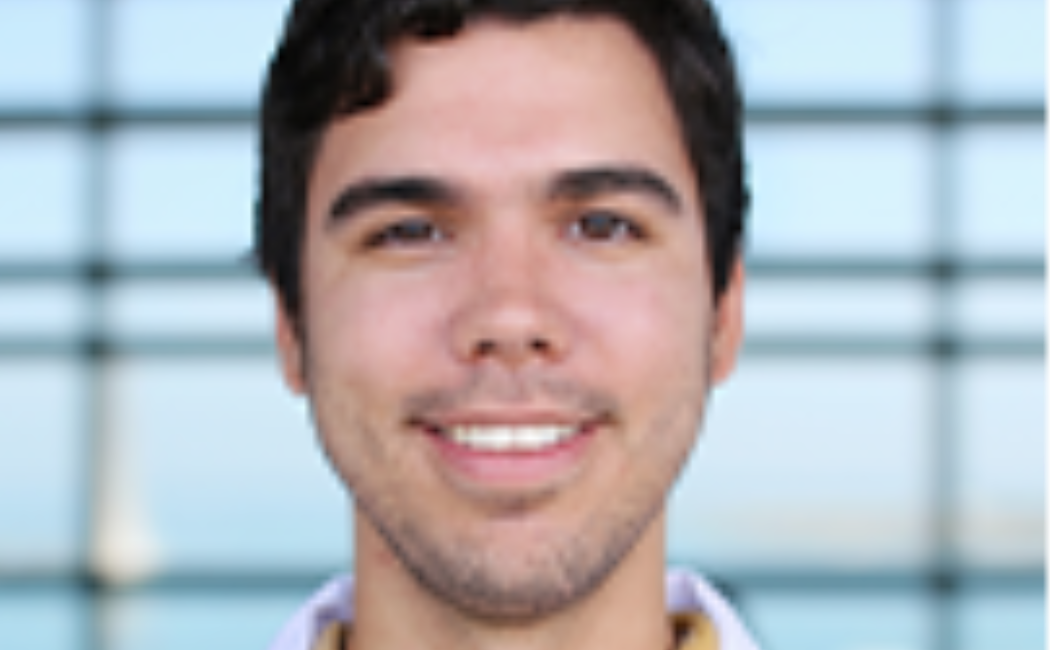



 TITLE: Expanding the Aiptasia coral model system to study host-bacteria interactions
TITLE: Expanding the Aiptasia coral model system to study host-bacteria interactions
PRESENTER: Rúben Costa
ADVISOR: Professor Christian Voolstra
DATE: Thursday, November 19, 2020
ABSTRACT: The coral holobiont, comprised of the cnidarian animal host, its associated algal endosymbionts of the family Symbiodiniaceae, and other microbes (bacteria, fungi, viruses, etc.), is the foundation metaorganism of coral reefs. Despite the putative importance of associated microorganisms, studies that elucidate the specific function that bacteria provide to the coral holobiont are still missing at large. The sea anemone Aiptasia (sensu Exaiptasia diphana) is regarded as a tractable model to study the molecular underpinnings of cnidarian-algal symbioses due to its ability to associate with similar Symbiodiniaceae strains and surviving in a symbiotic or aposymbiotic (algal-free) state. The motivation of the current dissertation was to expand Aiptasia as a coral model to interrogate host-bacteria interactions. To do this, I first interrogated bacterial community composition of Aiptasia in symbiotic and aposymbiotic states and found that bacterial microbiomes differ depending on the symbiotic state. I could further show that some bacterial taxa were similar to those found associated with scleractinian corals. To further explore the suitability of Aiptasia as a model to study coral-bacteria interactions, I assessed the ectodermal surface topography of several cnidarians using a suite of electron microscopy methods. The Aiptasia ectoderm largely resembles that of corals and is distinct from the other established cnidarian models, namely Hydra. In addition, bacterial carrying capacity of Aiptasia polyps was estimated to be about 1 x104 to 2 x105 bacterial cells, which may roughly equate to the 106 bacterial cells per cm2 reported for corals, further corroborating Aiptasia as a suitable coral model for host-bacteria interactions. To assess the prospect of microbiome manipulation as a tool to study bacterial function and as a means to alter bacterial association, I first developed a method to generate bacteria depleted/gnotobiotic Aiptasia and axenic Symbiodiniaceae cultures and I subsequently employed a series of inoculation experiments. In a pilot experiment, I could show that endogenous and exogenous bacterial isolates could be re-introduced and detected in gnotobiotic Aiptasia. Further, I conducted full microbiome transplants from selected corals to Aiptasia. I could show that some bacterial taxa from corals were detected and active 7 days after transplantation in Aiptasia, indicating a certain degree of plasticity in the anemone’s specificity of bacterial associations. Overall, the work presented in this dissertation supports the notion that Aiptasia is a suitable model to study coral-bacteria interactions and the mechanistic and methodological underpinnings of bacterial manipulation. My work presents a foundation for further studies and sheds light on the difficulties associated with generating axenic cnidarian hosts and manipulating bacterial associations.
BIO: Rúben Costa received his B.Sc. in Biology and M.Sc. In Biomedical Sciences from the University of Algarve, in Faro, Portugal. At KAUST, under the supervision of Prof. Christian Voolstra, his PhD work aimed to expand the coral model system Aiptasia to study host-bacterial interactions, by developing strategies to manipulate Aipasia’s bacterial microbiome. Rúben is also an avid science communication advocate and, while at KAUST, has participated in several outreach activities and has also developed new outreach and engagement projects involving several institutional departments.